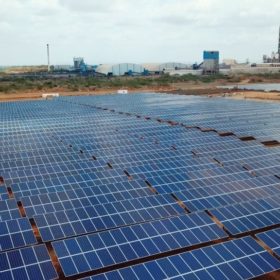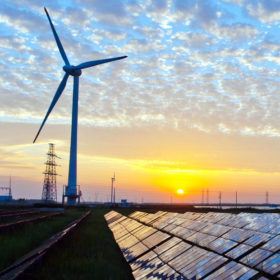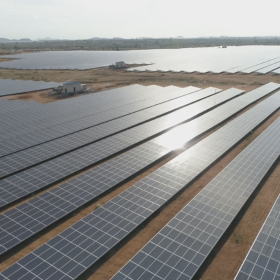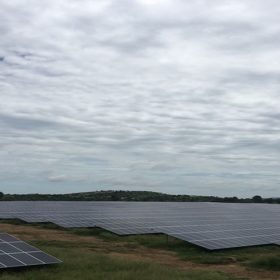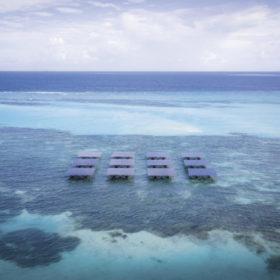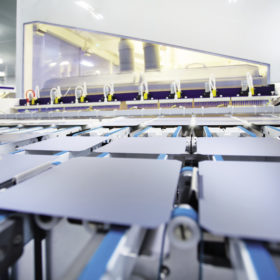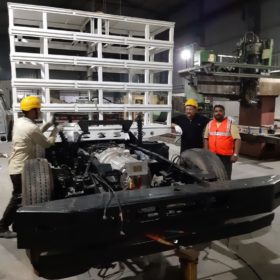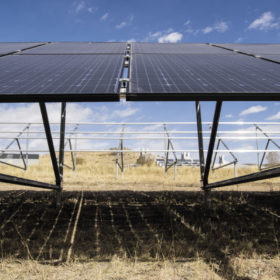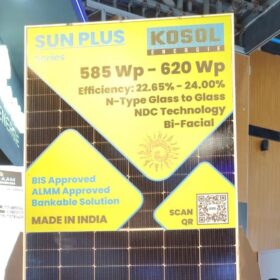UK’s WiseEnergy bags deal to manage 550MWp Indian solar assets
WiseEnergy will provide asset management services for the four solar plants in Madhya Pradesh and Andhra Pradesh that UK-based equity investor Actis acquired from Indian developer Acme Solar recently.
Fourth Partner Energy raises US$15 million from Swiss investor responsAbility
The Hyderabad-headquartered developer will utilize the debt funding towards construction of upcoming projects for its clients as it aims to add around 350 MW capacity across both open-access and distributed solar portfolios this fiscal year.
Enel joins the Indian solar gold rush
The Italian utility, fresh from securing its first 300 MW of PV generation capacity in the recent, record-setting tender held by SECI, has teamed up with the state-owned Norwegian Investment Fund to commit to further clean energy facilities in India.
BP commits $70m to UK-India green growth fund
The fossil fuel company will become a partner in the fund, which invests in clean energy projects.
UK investor NextEnergy acquires 27.4 MWp solar project in Odisha
The plant—constructed and operated by Germany-headquartered IBC Solar Energy—is NextEnergy’s first investment in India as part of its strategy to acquire ready-to-build or operational solar projects across high-growth international markets.
Solarpack reveals record-breaking solar plant will be in Rajasthan
The Spanish developer, which will sell solar energy at an Indian record low tariff of Rs2.36/kWh under a 25-year deal has spoken to pv magazine about the specifics of the landmark PV plant.
The long read: Sink or swim
The impressive progress made by offshore wind arrays may be attracting a new group of PV developers looking to leave the constraints of the roof and free field behind. And while saltwater, wind and waves are no friend of PV, progress is being made in proving the potential applications.
The long read: Criteria and implications for gallium-doping
As a remedy for light-induced degradation (LID) in crystalline silicon cells, gallium-doped wafers are showing considerable promise. With reports that ingot growth productivity can rival that of boron doping, it seems that gallium doping may now be able to meet the cost, integration and performance criteria that have informed solar manufacturing technology adoption, writes Alex Barrows, senior research analyst at U.K.-based consultancy Exawatt.
India’s IPLTech to use Faradion sodium-ion batteries for commercial vehicles
The Gurgaon-based data-driven fleet service provider—which launched India’s first all-electric heavy-duty truck last year—will use Faradion’s sodium-ion batteries in its commercial vehicles.
Integrating agriculture and solar energy production
A study by Germany’s Fraunhofer Institute for Solar Energy Systems has evaluated the feasibility of horticulture PV at the site of Paras in Akola district of Maharashtra, where the state utility Maharashtra State Power Generation Co. Ltd (Mahagenco) is considering to install a ground-mounted solar system on more than 100 hectare (ha) of arable land.

